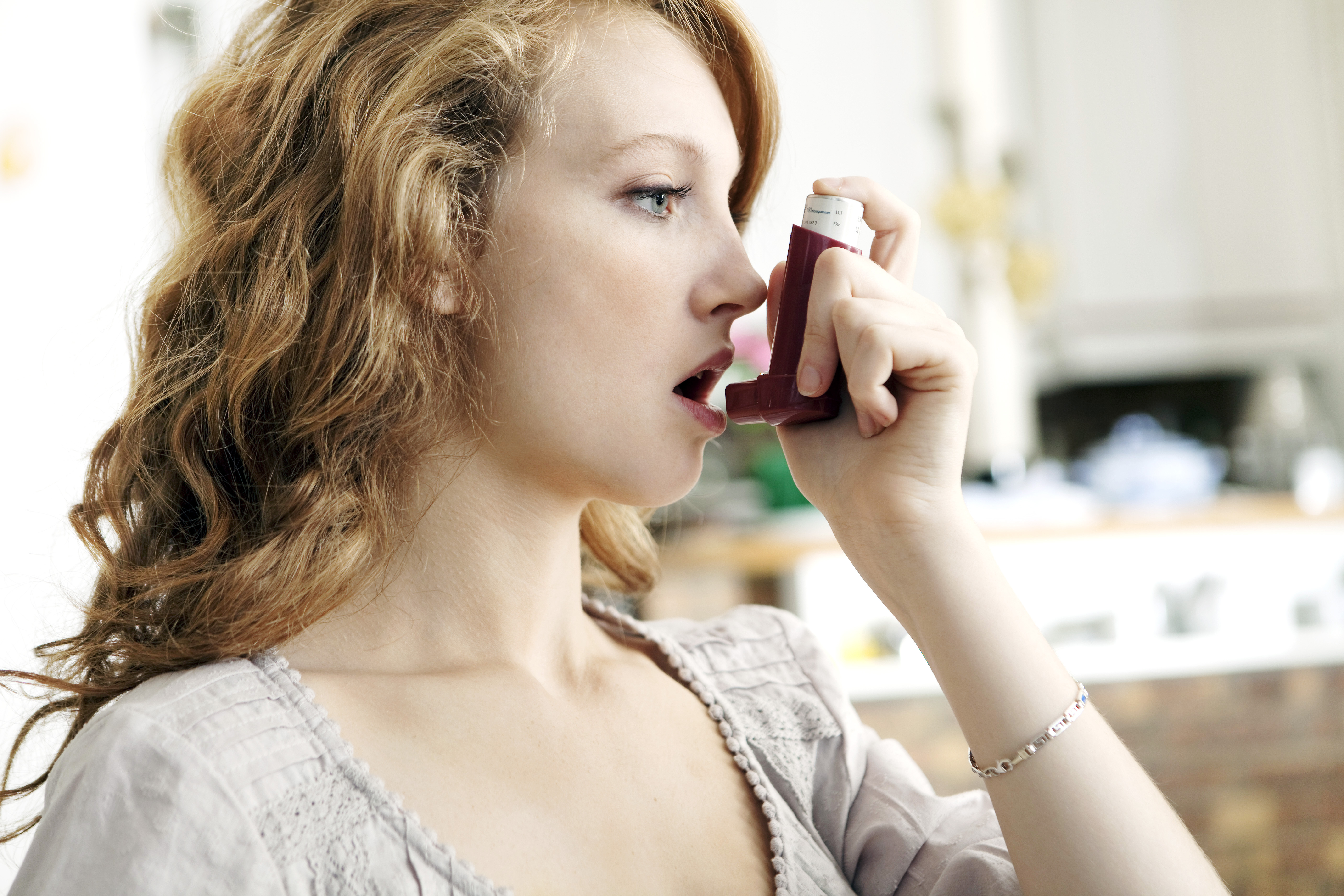In a recent study published online in the journal Pediatric Allergy, Immunology, and Pulmonology, a team of researchers led by Genny Carrillo, MD, ScD, MPH, MSPH, from the School of Public Health, Texas A&M Health Science Center (McAllen), found significant improvements in quality of life, frequency of asthma symptoms and attacks, rates of hospitalization, acute care visits, and asthma knowledge among a largely Hispanic population with a high asthma hospitalization rate following a home-based approach to educating families that have children with asthma.
In 2013, the National Center for Health Statistics reported the prevalence of asthma in the United States to be 8.3% in children, but 9.1% among children in Texas. By comparison, the Texas Department of State Health Services reported in 2012 that Health Service Region 11 (HSR 11, comprised of the 19 southernmost counties in South Texas) had a current asthma prevalence of 8.6% among children (7.8% at the state level), with a higher prevalence in males. Statewide, there were 15,083 asthma hospital discharges for adults and 10,075 for children. Costs associated with these hospitalizations totaled $652.5 million, with 90% of them being potentially preventable.
HSR 11 includes Hidalgo County, a more than 90% Hispanic county near the Texas-Mexico border that is considered among the poorest in Texas. Asthma-related hospitalization rates there, according to the researchers, were 13.4% (12.5–14.3%, age-adjusted) per 10,000 residents. Nearly 40% of Hidalgo County residents are below the poverty line, with low levels of education and health insurance.
In the study titled “Improving Asthma in Hispanic Families Through a Home-Based Educational Intervention,“ a longitudinal nonrandomized design was used, and a holistic and home-based approach was developed and implemented in Hidalgo County from September 2012 to August 2014 to educate a targeted population of families with children diagnosed with asthma.
In the educational intervention, trained community health workers visited participants’ homes, providing allergen-proof mattress and pillow covers, and information on reducing exposure to asthma triggers.
The results revealed a decrease in overnight hospital stays from 6% to 1%, and a drop in the need for a clinic or doctor visit related to problems with asthma from 50% to 31%.
Based on these results, the researchers indicate that participating families, who often live in environmentally substandard housing, may benefit from an integrated training approach to decrease the risk of asthma episodes.
“As part of an asthma management team, these community health workers can help build individual and community capacity through health education and self-management training,” said Pediatric Allergy, Immunology, and Pulmonology Editor-in-Chief Mary Cataletto, MD, Professor of Clinical Pediatrics, State University of New York at Stony Brook (Stony Brook, NY) in the editorial “Focusing on High-Needs Hispanic Populations with High Prevalence of Asthma,” according to a recent news release.

